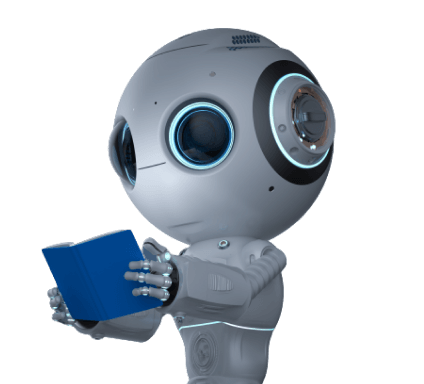Results for ""
Braille literacy has a long and ancient history. Louis Braille, a French inventor who became blind at three due to an accident, invented the Braille literacy system in 1824. This technique is used for printing and writing by individuals who are blind or visually impaired.
Blind or visually impaired individuals are part of the global community in all societies, and they use braille to interact with other individuals who are also blind or visually impaired. Using AI in Natural Language Processing (NLP) is optimal for translating a native language into braille.
Challenges faced by visually impaired
Individuals with visual impairments can live their daily lives in their unique manner. However, they encounter difficulties due to the lack of accessible infrastructure and social obstacles.
Often, people develop a dependency on another individual. However, by utilizing appropriate AI technologies, individuals can also commence leading a conventional and well-balanced lifestyle.
- Identifying the correct text in the document
- Identifying the right path to travel, and
- Assistance in climbing up the stairs/roads
There are some obstacles that a visually impaired individual encounters daily. However, these issues will likely be resolved using AI-supported technology.
By integrating many technologies, AI has the potential to become a crucial aid for individuals with visual impairments, perhaps saving lives. Let us explore some of those:
Screen readers
These AI-backed software applications enable people with vision impairments to read text on a computer screen using a speech synthesizer or braille display. It serves as an interface between the user, the operating system, and the apps on the computer. To get the speech synthesizer to talk, the user presses various keys on the braille display to transmit orders or input. The input can tell the synthesizer where to locate the object in focus, read a whole text screen, recognize a string of text on the screen, or spell a word.
Text-to-speech (TTS) Synthesizer
The process of turning text into sound is known as text-to-speech (TTS). Another way to describe it is as a synthetic rendition of human speech. A voice synthesizer is a hardware and software-based AI-backed system used for this purpose. TTS comprises a working front end and a back end unit.
IBM WATSON
The AI technology developed by IBM WATSON sheds light on how AI is starting to improve the lives of people with visual impairments. An uncommon form of leukaemia was accurately recognized in one case after it cross-referenced twenty million cancer records.
Google's AI eye doctor
Google's AI eye doctor combats diabetic retinopathy, which can lead to blindness. They are collaborating with medical professionals in India to create an AI system that can analyze and evaluate several photographs of the retina. It has also been trying to diagnose retina diseases for several years.
eSight
Imagine a wearable device capable of capturing and displaying visual information with exceptional accuracy and proximity. eSight technology takes the high-fidelity visual perception and projects it onto two high-resolution OLED screens in front of the user's eyes. Utilizing customized optics and well-established algorithms, which are rooted in neural networks, optimize the visual output to achieve the highest level of functional vision.
Seeing AI
They see AI fully utilizing machine learning and AI to give deep neural solutions for various vision-related problems. Additionally, it reads the product type using a barcode scanner before translating it into a vocal command that the user can hear.
Conclusion
Several AI-powered devices are now being developed to assist individuals with vision impairments, representing a significant accomplishment. However, the crucial factor is achieving an equilibrium between utilizing AI-supported tools and the user's capacity to integrate with them.






